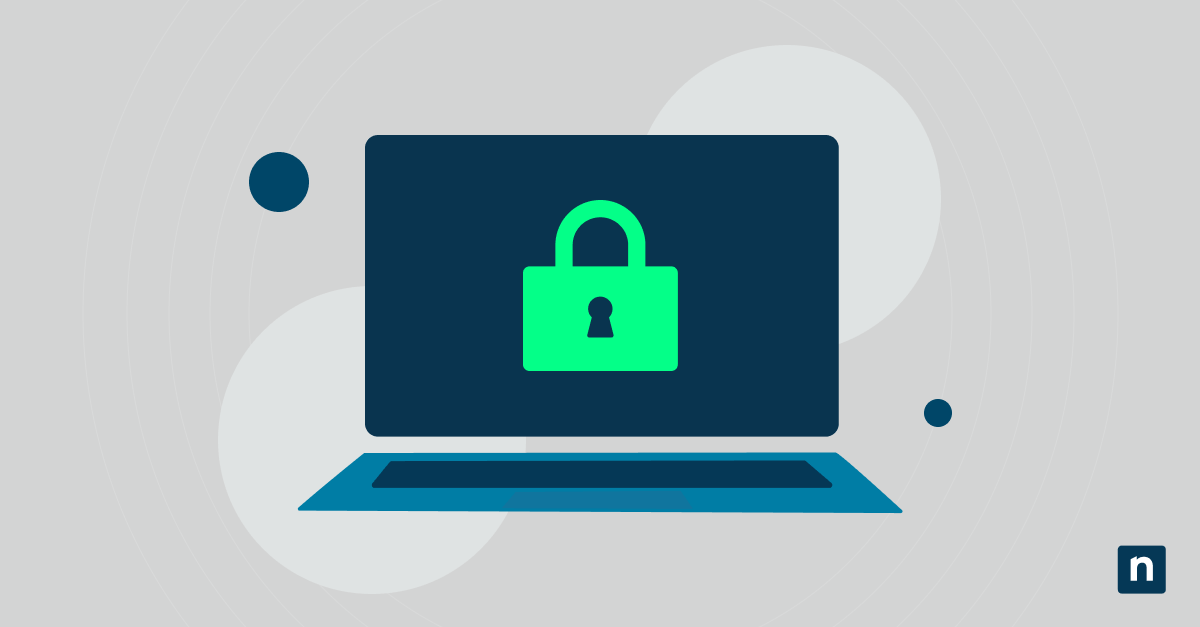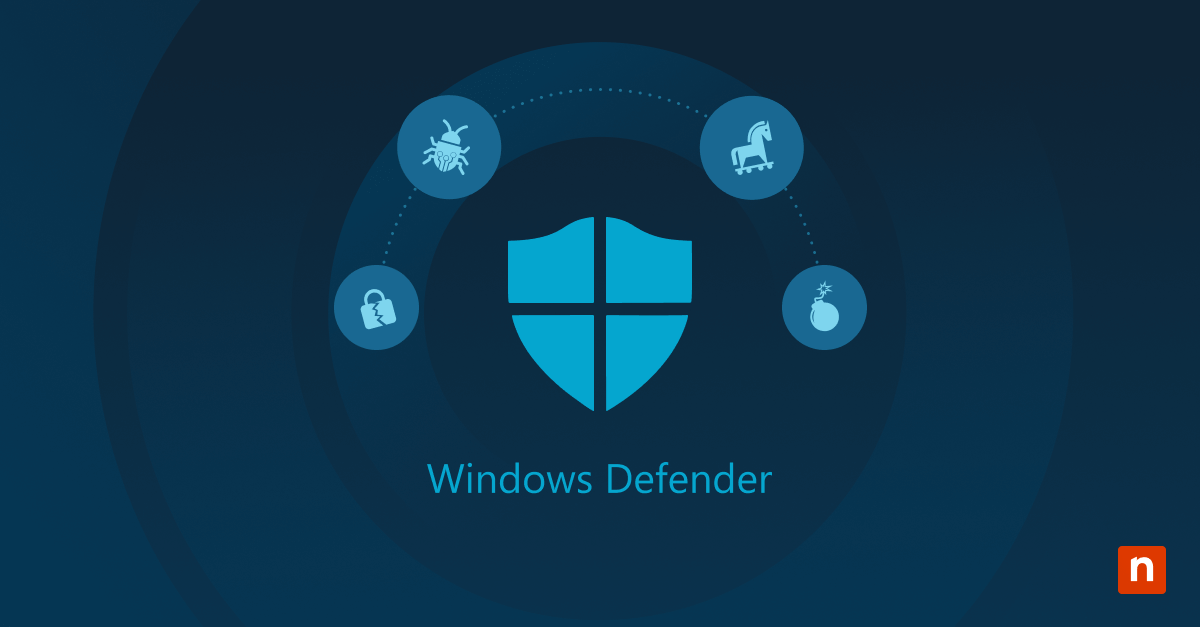Web authentication is a vital cornerstone of online security and trust in the ever-evolving digital landscape. This process, pivotal in verifying the identity of users accessing various digital services – from cloud applications to online platforms, has grown increasingly crucial. As organizations transition to digital operations, their potential attack surface expands, statistically heightening their susceptibility to a spectrum of cyber threats.
In this context, the need for secure systems becomes paramount. These systems are instrumental in protecting sensitive data and services from unauthorized access and upholding the integrity and confidentiality of digital interactions. This protective measure forms the bedrock of trust in all online transactions and communications.
What is SAML?
The Security Assertion Markup Language (SAML) is an XML-based standard that plays a pivotal role in the domain of digital security. It is designed to exchange authentication and authorization data between two key entities: an identity provider, which verifies user credentials, and a service provider, which needs to confirm the user’s identity. This standard is particularly relevant in modern digital environments where users often interact with multiple services, amplifying its significance.
SAML enables Single Sign-On (SSO), a feature that allows users to authenticate just once to gain access to many services without the need for re-authentication. This functionality simplifies the login process, enhancing user experience and significantly strengthening security. SAML offers a robust solution to contemporary security challenges by reducing the number of attack vectors often associated with multiple login processes.
The development of SAML dates back to the early 2000s, emerging as a response to the need for a standardized method of sharing authentication information across various systems. As the complexities of modern identity management have evolved, so too has SAML, transitioning from a specialized solution to an indispensable component of enterprise security strategies. Its adaptability and robustness reinforce its status as a vital element in identity management, reflecting its growing role in ensuring secure and efficient user authentication and authorization in a wide array of digital scenarios.
Key features of SAML 2.0
- Improved interoperability: SAML 2.0 enhances compatibility across diverse systems and platforms, making it an ideal solution for heterogeneous IT environments.
- Enhanced security: It includes robust security protocols that ensure the integrity and confidentiality of data exchanged during the authentication process.
- Flexibility: SAML 2.0 supports a wide range of use cases, accommodating various authentication and authorization scenarios.
Essential SAML terminology
- SAML Identity Provider (IDP): The system that verifies the user’s identity.
- SAML protocol: The rules governing the exchange of SAML messages.
- SAML certificate: A digital certificate that ensures the secure transmission of SAML messages between the identity provider and service provider.
Comparative analysis
SAML stands distinct from other authentication protocols like OAuth, which is designed primarily for authorization rather than authentication, and OpenID Connect, which focuses on user identity. Unlike these protocols, SAML is tailored explicitly for secure user authentication, making it particularly suited for enterprise-level security contexts where the secure, cross-domain authentication of users is paramount.
How SAML works
The SAML authentication process is a comprehensive system ensuring secure user validation and authorization. It begins when a user requests access to a service provider, such as a web application. The service provider, needing to authenticate the user’s identity, sends a SAML request to the identity provider. Upon verifying the user’s credentials, the identity provider sends back a SAML response to the service provider, which includes an assertion about the user’s identity and access rights.
Key components of the SAML process
- SAML request: Initiated by the service provider to request user authentication.
- SAML response: The identity provider’s reply, indicating whether the user is authenticated.
- SAML token: A secure token that encapsulates the user’s identity and access privileges.
- SAML login: The process through which a user is authenticated and granted access to the service provider.
The role of SAML providers – both identity and service providers – is critical in this ecosystem. They manage user identities, authenticate users, and ensure adherence to security protocols and standards. A closer examination of SAML assertions reveals they are complex elements containing user authentication information, user attributes, and authorization decisions – all vital for enabling secure and streamlined access control.
Benefits of using SAML
The implementation of SAML brings a myriad of advantages, both in terms of security and user experience. Its primary benefit lies in enabling robust authentication mechanisms that significantly reduce security risks associated with digital access. SAML streamlines the user experience through its SSO capability, which allows users to access multiple applications with a single authentication process. This reduces the complexity and potential security issues related to managing multiple passwords.
Key advantages of SAML SSO
- Simplified user access: Users can seamlessly access multiple applications without needing to re-authenticate for each one.
- Reduced administrative burden: IT administrators benefit from reduced complexities in managing user access across different applications.
- Enhanced security: SSO minimizes the chances of password-related security breaches.
SAML integration also provides tangible benefits when used across various platforms and systems. It ensures a secure and consistent authentication experience for users, which is especially beneficial in complex IT environments where users interact with multiple services. This integration enhances both security and user experience, making it a valuable tool in diverse digital ecosystems.
Real-world applications
- Healthcare sector: Some major healthcare providers implement SAML for secure, compliant access to patient records, streamlining workflows for clinicians and staff while enhancing data security and helping to assure compliance with patient privacy laws such as HIPAA and its equivalent in other local jurisdictions.
- Educational institutions: A university would adopt SAML for simplified access to online learning platforms and libraries, facilitating seamless login processes for students and faculty, essential for remote learning environments.
- Financial services: Many financial services companies use SAML to secure their internal and customer-facing portals, improving user experience for employees and customers while safeguarding financial data.
- Technology companies: Technology firms utilize SAML for secure access to cloud-based tools, enabling SSO for such diverse applications as managing their global workforce as well as ERP, CRM, and other business-critical functions, thus improving productivity and maintaining security.
- Retail industry: Multinational retailers implement SAML for unified access management with vendors and partners, streamlining collaboration while ensuring auditable security compliance.
- Government agencies: Due to its open-source nature, many government agencies worldwide have deployed SAML for secure public service access, simplifying authentication for citizens, and protecting personal data in online services.
Considerations when using SAML
While SAML offers numerous benefits, its implementation and maintenance require careful consideration. The integrity of SAML certificates is crucial in maintaining secure communications between the identity provider and service provider. This ensures that the data exchanged during the authentication process is protected from interception or tampering.
Challenges in SAML integration
- Ensuring system compatibility and managing the complexities of SAML configurations can be challenging.
- Organizations must stay vigilant about evolving cybersecurity threats and adapt their SAML implementations accordingly.
- Balancing user experience with security needs, as overly stringent security measures can lead to cumbersome user experiences.
Best practices for SAML implementation
- Regularly updating security measures to protect against new vulnerabilities.
- Comprehensive understanding and adherence to SAML specifications for optimal performance and security.
- Conducting regular audits and reviews of SAML-based systems to ensure they meet changing organizational needs and security standards.
Navigating the digital horizon with SAML
As we navigate the evolving landscape of digital authentication, SAML stands out as a robust, versatile standard integral for secure and efficient user access across various platforms. Its significance in modern IT infrastructures cannot be overstated, given its adaptability to meet the digital world’s complex security challenges and diverse user needs.
For organizations looking to enhance their security postures and streamline user experiences, exploring the capabilities of SAML is more than just an option – it’s a strategic imperative. Implementing SAML effectively can significantly improve the management of digital identities and access, a critical aspect of cybersecurity in an era marked by increasing digital interactions.








